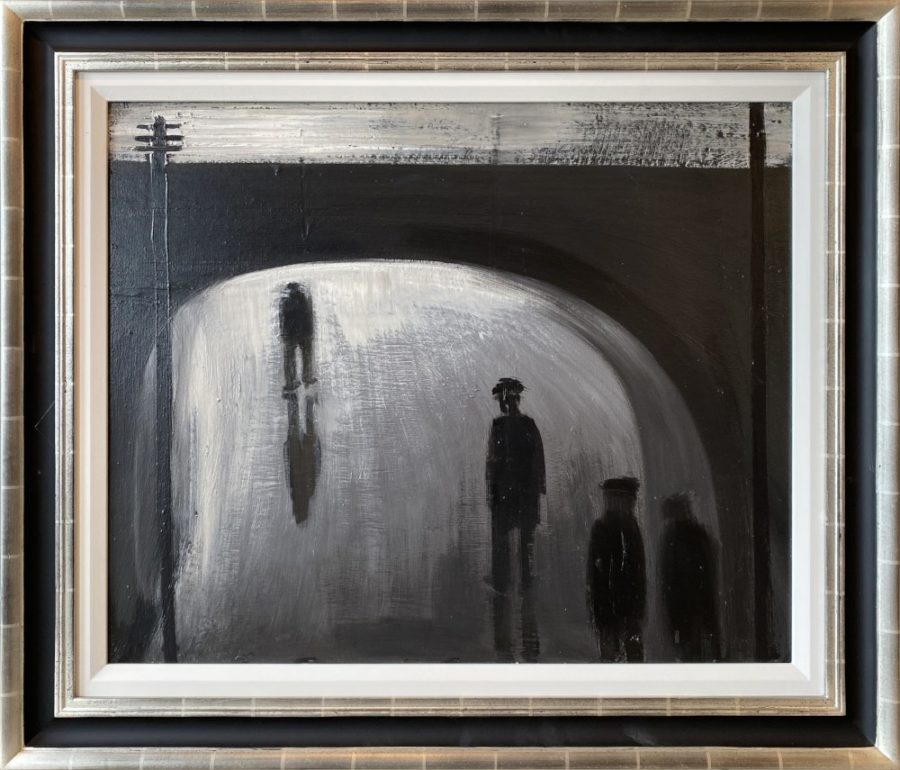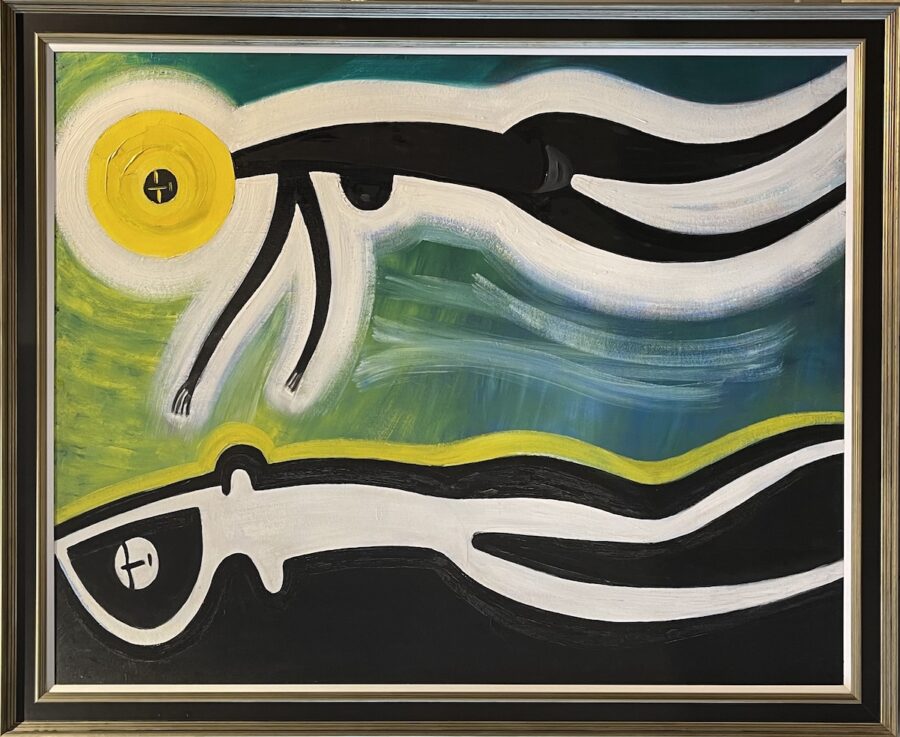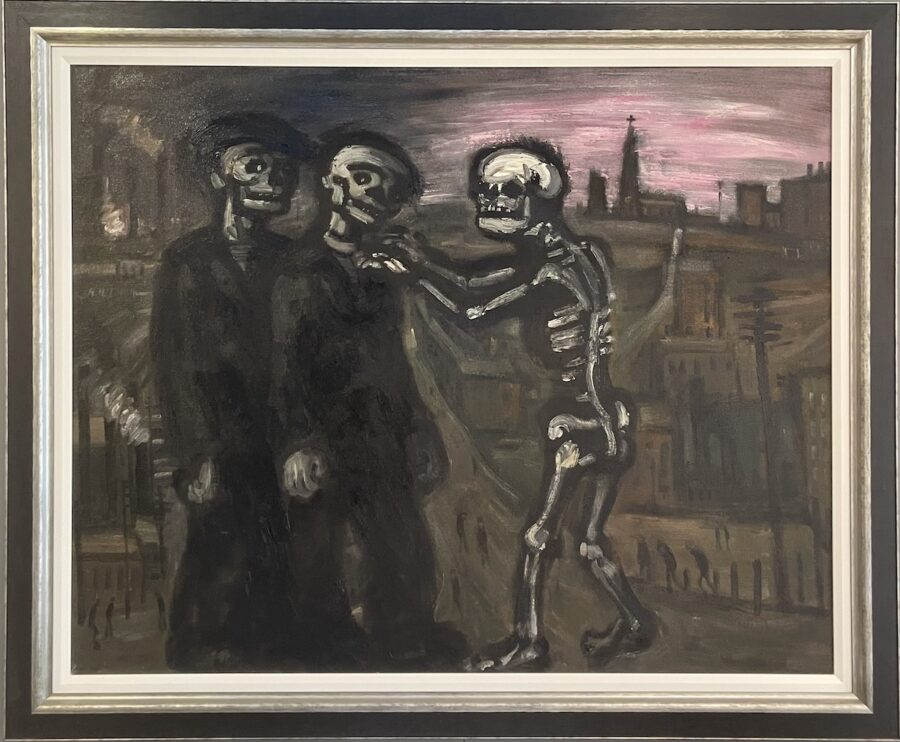Artist Theodore Major
Last updated on
Theodore Major (19 February 1908 – 17 January 1999) was an English artist who was considered a great individualist of British Art. He was born in Wigan, Lancashire, England, and studied at Wigan Art School between 1927 and 1932. He taught there between 1930 and 1950, and in 1952 founded the Wigan Arts Club.
Major was a prolific and passionate artist, and his work is characterized by its eclecticism and its dark, often disturbing, imagery. He was influenced by a wide range of artists, including Vincent van Gogh, Georges Rouault, and William Blake. His paintings often depict industrial landscapes, factory scenes, and lonely seascapes. He also painted portraits, nudes, and religious works.

Major’s work was often controversial, and he was not afraid to challenge the viewer. He once said that he wanted his paintings to “disturb and extend consciousness in the mind of the viewer.” He was also a staunch opponent of the commercial art world, and he refused to sell his work to wealthy collectors.
Major’s work is now highly regarded by art critics and collectors. He has been exhibited in solo and group exhibitions throughout the UK including Oldham Art Gallery and a joint exhibition alongside L S Lowry at the Atkinson in Southport. His work is included in the collections of many major museums, including the Tate Gallery, the British Museum, and the Whitworth Art Gallery.
Having exhibited sold his work during the 1950s at the likes of Salford Art Gallery and the New Day Studios in Manchester, Major grew increasingly disillusioned by the commercial art world and rejected attempts by his friend L S Lowry to sign with his London agent and sell his work there. In the final decades of his life Major refused to sell his works to wealthy collectors whose only interest was in the financial value of his paintings and not borne from passion for his art. Only occasionally did he allow passionate enthusiasts to privately buy his work preferring to keep the masterpieces in the hope that one day they would be exhibited for the working people to view.

In 1958, art critic John Berger wrote in the New Statesman that Major’s “canvases… deserve to hang among the best English paintings of our time.” Berger praised Major’s “unflinching populism” and his “uncompromising vision.”
Major died in Ormskirk, Lancashire, in 1999. He was 90 years old. His work continues to be admired by artists and art lovers alike.
Major’s Legacy
Theodore Major’s work is a testament to his unique vision and his uncompromising artistic integrity. His paintings are powerful and disturbing, but they are also honest and unflinching. Major’s work challenges the viewer to confront the dark side of human nature, and it reminds us that art can be a powerful force for social change.

Major’s legacy is one of a fiercely independent artist who refused to compromise his vision. His work is a reminder that art can be a powerful tool for social commentary, and that it can challenge the viewer to think critically about the world around them.

